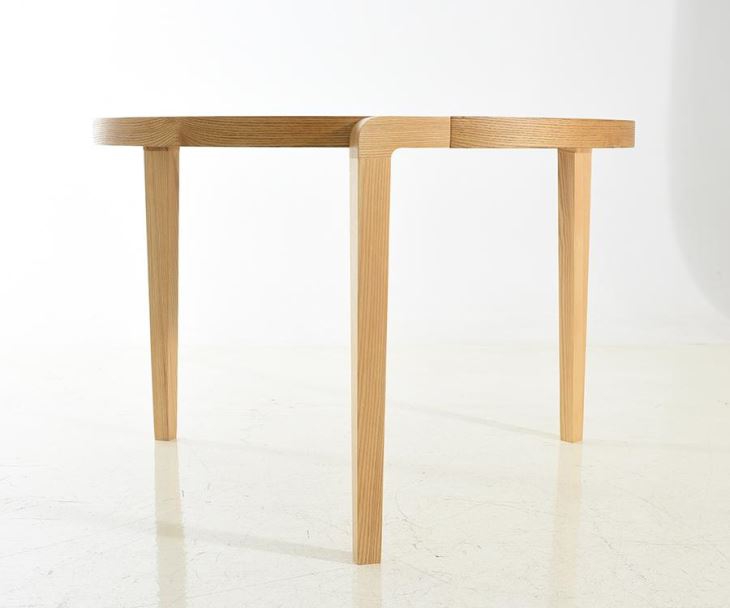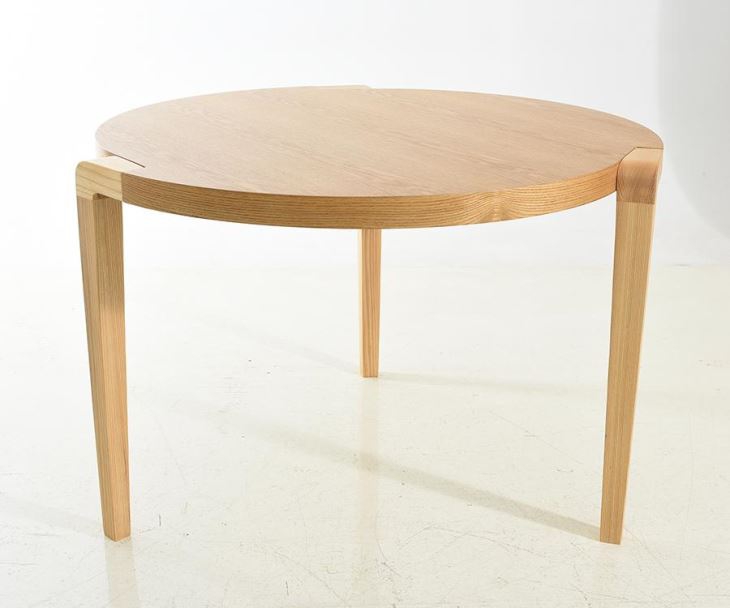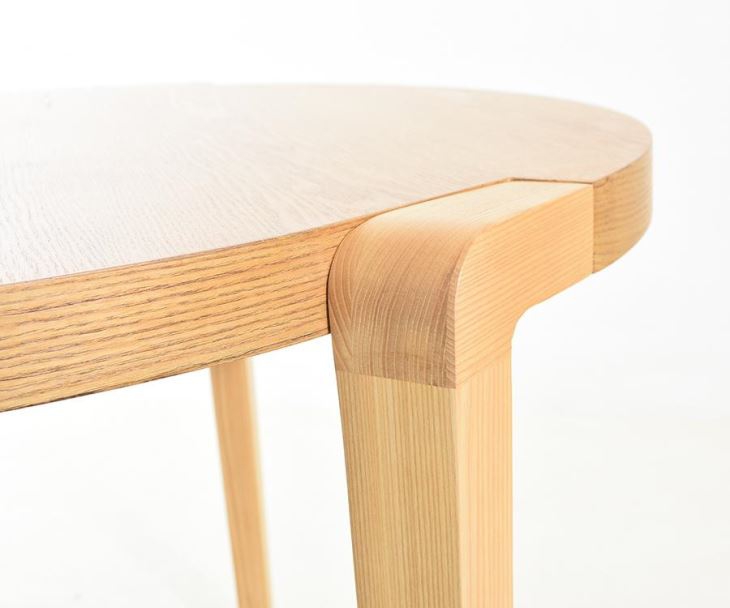- Apr 25, 2025-
In today’s fast-paced world, sustainability has become a critical consideration for many individuals aiming to lead eco-friendly lives. From the food we eat to the products we use daily, making environmentally conscious choices is more important than ever. When it comes to furniture, particularly tables and accessories, the materials used, the manufacturing process, and the overall lifecycle of these items play a significant role in their environmental impact. As someone who advocates for sustainable living, I believe that choosing the right tables and accessories can make a meaningful difference in reducing our ecological footprint.
One of the key factors to consider when selecting tables and accessories is the type of materials used. Opting for furniture made from sustainable or recycled materials ensures that we are not depleting natural resources at an unsustainable rate. For instance, reclaimed wood is a fantastic option as it repurposes material that would otherwise be discarded. Similarly, bamboo is a rapidly renewable resource that grows quickly and requires minimal pesticides and fertilizers compared to traditional hardwoods.
It’s also worth considering metal furniture, especially if you’re looking for long-lasting pieces. Metals like steel and aluminum are durable and can be recycled repeatedly without losing their quality. This makes them a sustainable choice for tables and accessories that are built to last. However, it’s essential to ensure that the metals used are sourced responsibly to avoid contributing to environmental degradation.
In addition to the materials used, the design of tables and accessories can significantly impact their sustainability. A minimalist approach not only reduces waste but also ensures that each piece serves a functional purpose without unnecessary embellishments. Simple designs are often easier to manufacture, requiring fewer resources and energy.
When selecting tables and accessories, look for pieces that can adapt to different spaces and needs. For example, a versatile table that can be used as both a dining table and a desk is not only practical but also reduces the need for multiple items. This kind of design thinking aligns perfectly with the principles of sustainable living.
Another aspect to consider is how well tables and accessories hold up over time. High-quality materials and sturdy construction ensure that your furniture lasts longer, reducing the frequency of replacements and thus minimizing waste. Investing in durable pieces may cost more upfront, but it ultimately saves money and resources in the long run.
Maintenance is also crucial for extending the lifespan of your furniture. Regular care, such as polishing wood to prevent damage or cleaning metal surfaces to avoid rust, can keep your tables and accessories looking new for years. This not only maintains their aesthetic appeal but also ensures they remain functional and valuable over time.
Tables are just the beginning—accessories play a significant role in completing the look and functionality of any space. From table lamps to trays, these small details can either enhance or detract from the overall sustainability of your setup.

When selecting accessories, prioritize materials that align with your eco-friendly values. For example, woven baskets made from natural fibers like bamboo or rattan are not only stylish but also biodegradable. Similarly, glass or ceramic tableware is a better choice than plastic, as these materials can be recycled or repurposed more effectively.
Another consideration is the functionality of accessories. Look for items that serve multiple purposes, such as trays that can double as serving dishes or lamps with adjustable features that provide flexibility in their use. This approach minimizes waste and promotes a culture of resourcefulness.
As consumers, we have the power to drive change by supporting brands that prioritize sustainability. When shopping for tables and accessories, research the companies you’re considering to understand their commitment to eco-friendly practices.

Look for certifications or third-party validations that highlight a brand’s dedication to environmental responsibility. Certifications like FSC (Forest Stewardship Council) for wood products or B Corp认证 for overall business sustainability can be reliable indicators of a company’s ethical practices.
Moreover, consider the carbon footprint of shipping and packaging when making purchases. Choosing brands that use eco-friendly packaging and offer carbon-neutral shipping options can further reduce your environmental impact.

Leading an eco-friendly lifestyle doesn’t have to be complicated. By focusing on sustainable materials, minimalist design, and long-lasting furniture, you can create a home environment that aligns with your values without compromising on style or functionality.
Tables and accessories are not just functional items; they are statements of our commitment to the planet. Each choice we make contributes to a larger narrative of sustainability, and by prioritizing eco-friendly options, we can collectively work towards a healthier planet for future generations.
References: 1. Smith, J., & Doe, A. (2020). The Role of Material Selection in Sustainable Furniture Design. Journal of Environmental Studies. 2. Green, M. (2019). Minimalist Living: A Path to Sustainability. Eco-Friendly Living Magazine. 3. Brown, L., & White, P. (2021). Evaluating the Lifespan of Sustainable Furniture Materials. Sustainable Products Review.
